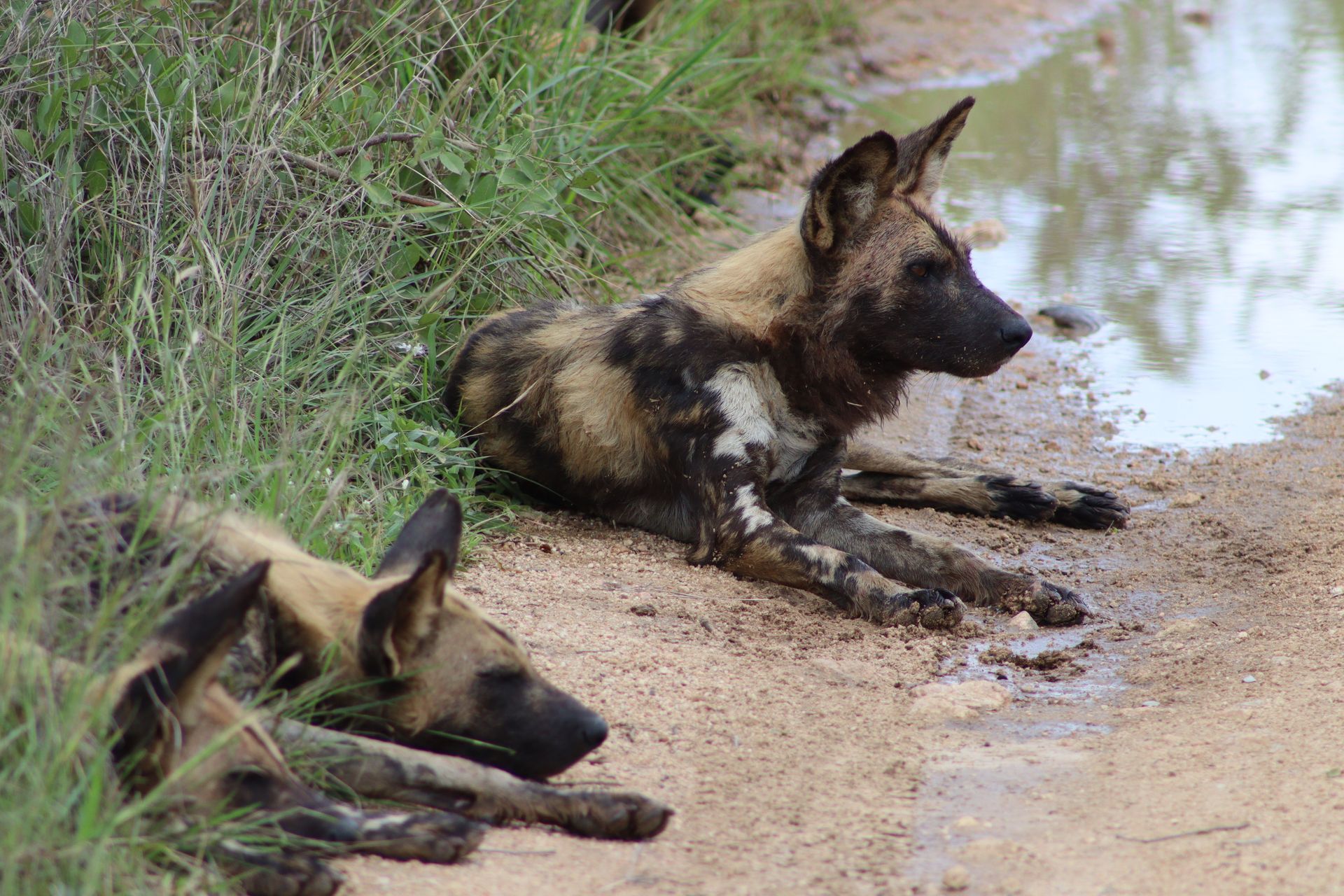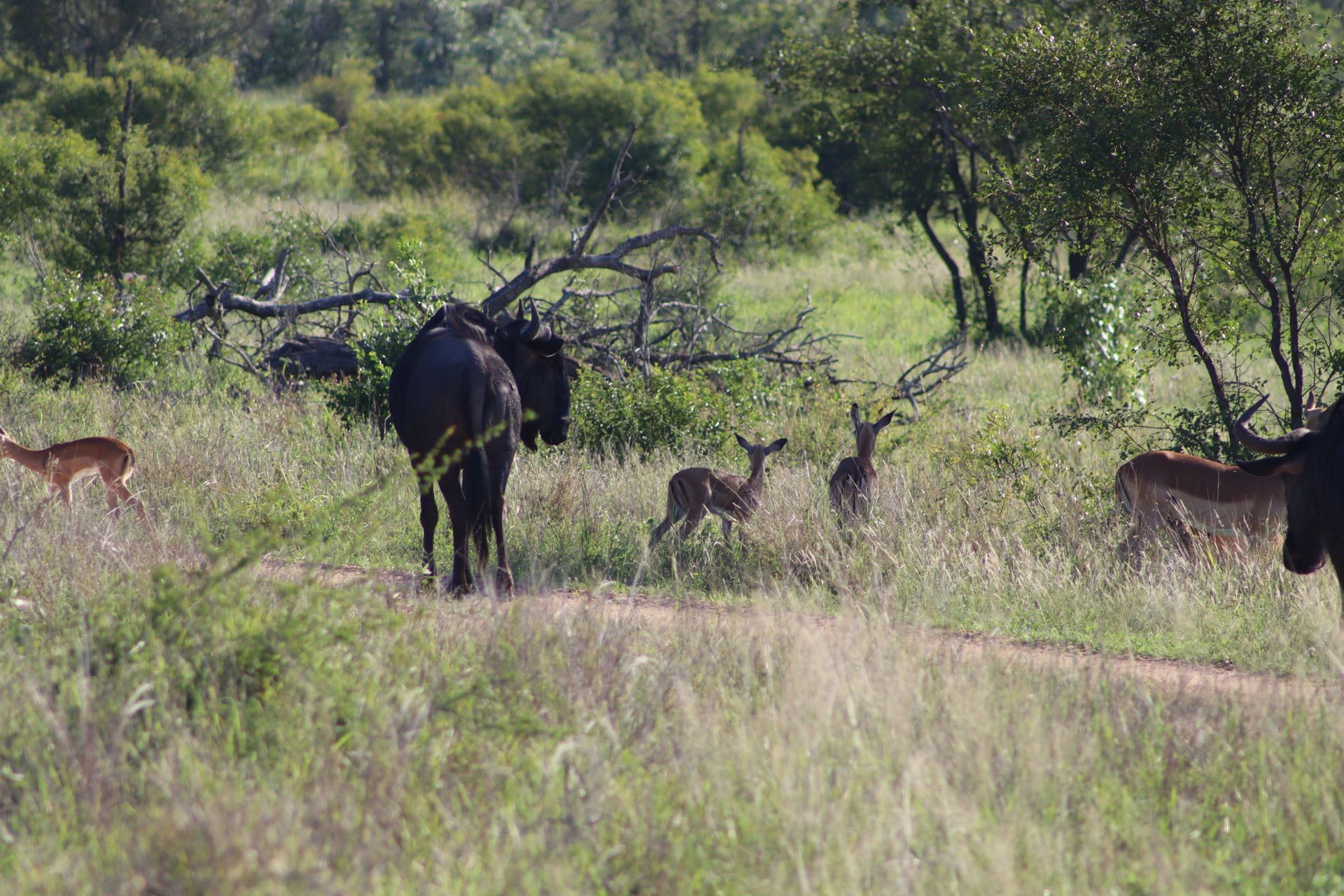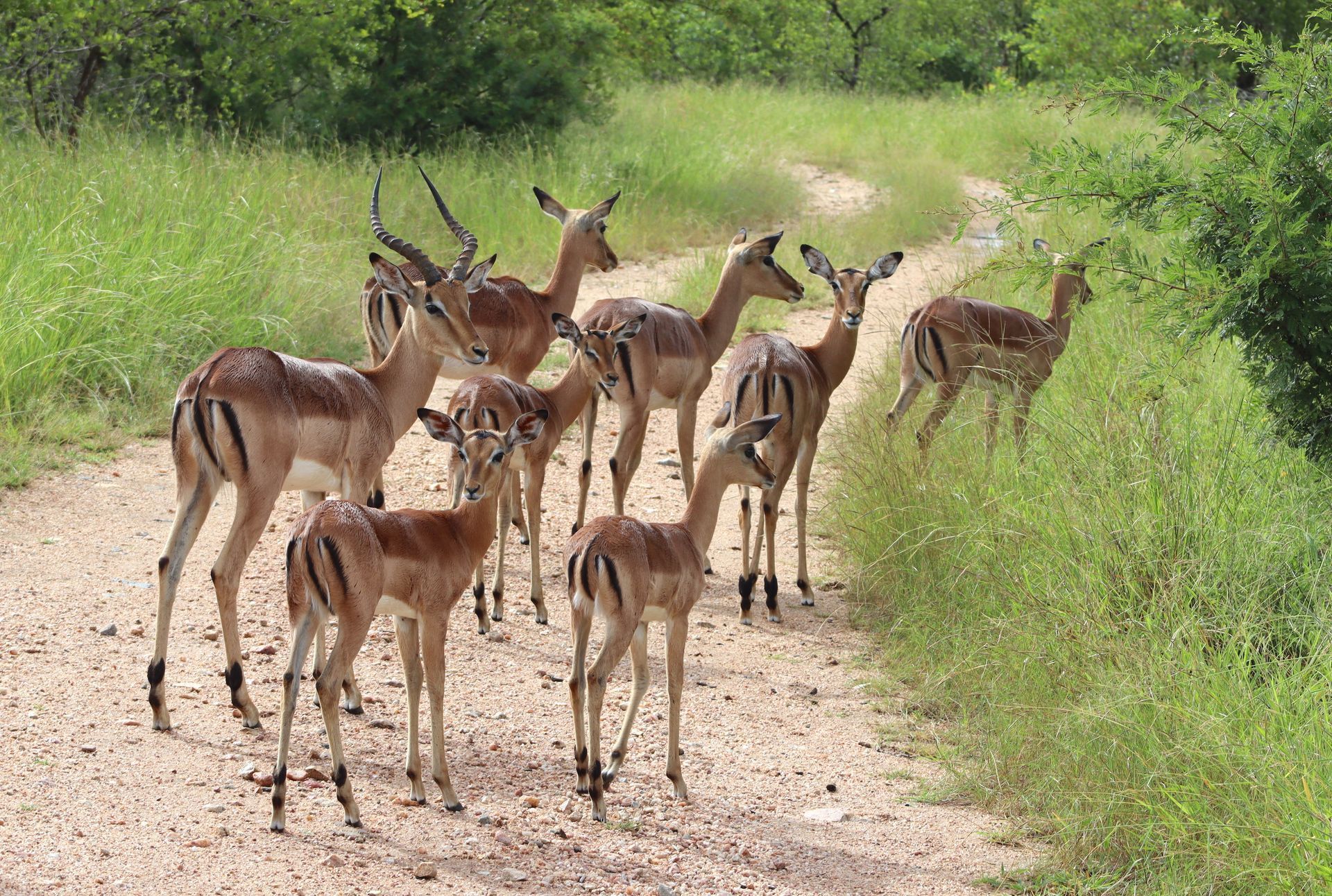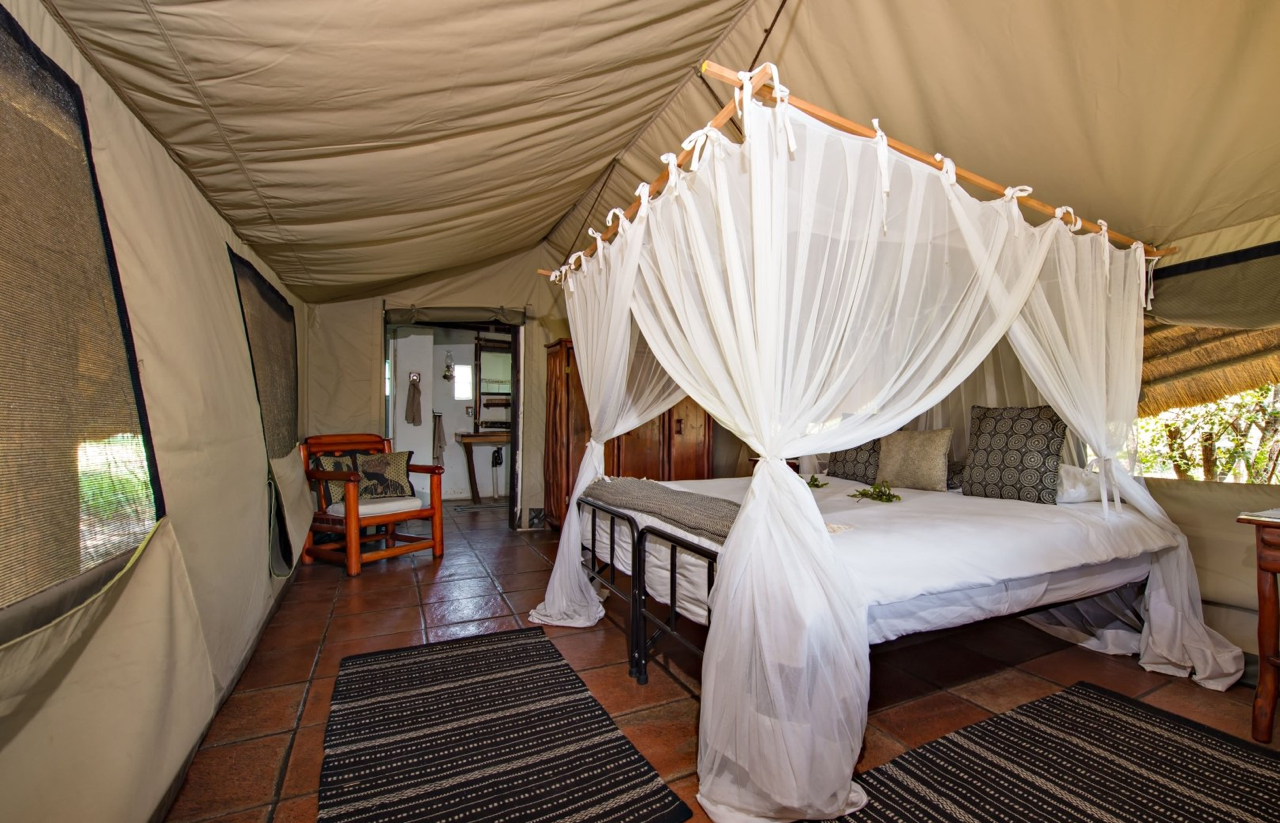
Revelling in the lushness
We're celebrating summer!
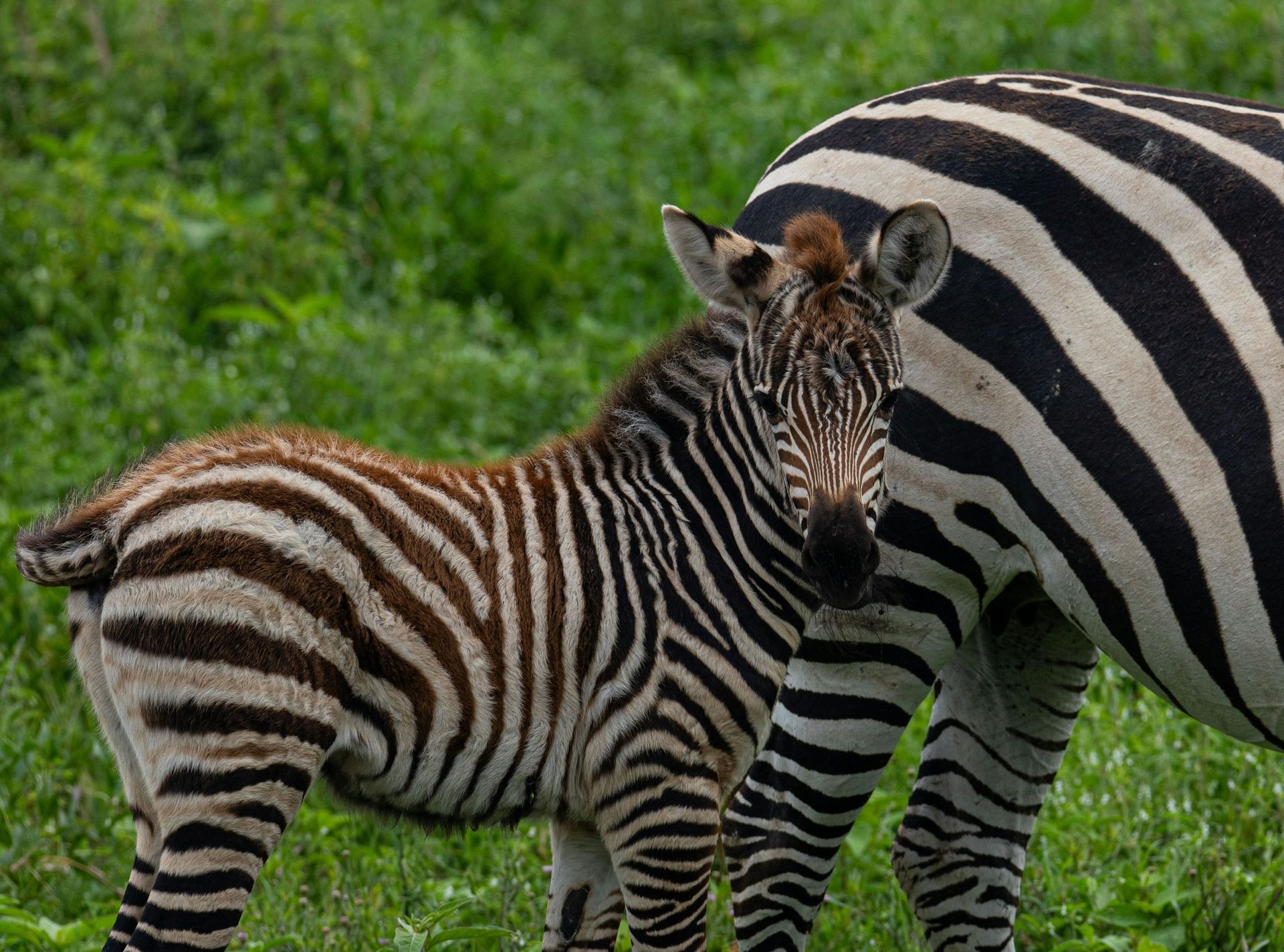
Slide title
Write your caption hereButtonSlide title
Write your caption hereButtonSlide title
Write your caption hereButtonSlide title
Write your caption hereButton
We're having a wonderful rainy season here in the Manyeleti Game Reserve - it's always a time of extraordinary transformation when summer puts on a magical, verdant and captivating show. Our landscapes have been rejuvenated by heavy rains, and the dry, golden plains of winter have given way to a lush sea of greenery. This seasonal shift heralds an explosion of life, with dramatic increases in biodiversity and opportunities to witness nature at its most dynamic.
The rains signal the start of the birthing season for many species, as the abundance of food and water creates ideal conditions for raising young. Impalas are among the first to give birth, with their breeding cycle perfectly timed to the seasonal rains, which were a little late this year.
Female impalas, pregnant for about six and a half months, give birth to a single lamb after seeking out secluded areas for safety. These lambs, often born within days of each other, are an incredible spectacle of nature's synchronicity. The strategy of mass birthing overwhelms predators and ensures the survival of a significant portion of the herd. Watching a newborn impala take its first shaky steps is a powerful reminder of the resilience and fragility of life in the wild.
Zebras also take advantage of the rains to give birth, their foals arriving with distinctive, fluffy, brownish coats that help them blend into the tall grasses. Unlike impalas, which rely on the timing of births to overwhelm predators, zebras use their strong herd dynamics to protect their young. Foals can stand and run within hours of birth, a critical survival adaptation in an environment where danger is never far away. Wildebeest follow a similar pattern, their calves appearing in large numbers during this verdant period. This synchronised birthing season provides ample food for predators, ensuring that the cycle of life continues uninterrupted.
The influx of new life is not limited to mammals. For bird enthusiasts, Manyeleti’s rainy season is a paradise. The arrival of migratory birds adds to the reserve’s already impressive avifauna. Species such as the southern carmine bee-eater, with its striking red plumage, and the woodland kingfisher, whose electric blue feathers and trilling calls are unmistakable, inject colour and vibrancy into the lush landscape. The Amur falcon, a long-distance migrant, also makes its presence known, travelling thousands of kilometres from Asia to grace the reserve with its aerial prowess.
Resident species are equally captivating during this time. The lilac-breasted roller, a bird often referred to as one of Africa’s most beautiful, becomes a common sight as it takes advantage of the insect boom brought about by the rains. African fish eagles patrol the waterholes and dams, their piercing calls echoing across the rejuvenated terrain.
Temporary wetlands and waterholes, formed by the seasonal downpours, attract waterbirds such as herons, storks, and ducks, further enhancing the diversity of sightings. The reserve becomes a cacophony of sound and movement, a testament to the richness of its ecosystem.
The rains breathe new life into the vegetation, with grasses, shrubs, and trees flourishing. Wildflowers bloom across the savannah, painting the reserve in hues of yellow, purple, and white. This burst of plant life supports the herbivores, whose grazing in turn supports the predators. Elephants revel in the abundance, using their trunks to pluck fresh shoots and strip bark from replenished trees. The younger elephants take full advantage of the plentiful mud, splashing and rolling in waterholes to cool off and protect their skin from parasites.
Lions and leopards find themselves well-fed during this period, as the glut of young prey offers numerous hunting opportunities. The abundance of food ensures that predator cubs, too, have a higher chance of survival. Hyenas and wild dogs also capitalise on the plentiful resources, their packs thriving during this time of plenty. It is a season of abundance, where the interconnectedness of the ecosystem becomes strikingly apparent.
The waterholes and rivers, replenished by the rains, become bustling hubs of activity. Hippos claim their aquatic domains, submerging themselves for hours to escape the heat, while crocodiles bask on riverbanks, waiting patiently for unwary prey. Smaller creatures, such as frogs and insects, also play vital roles in the rainy season’s ecological drama. The chorus of frogs at dusk is a hallmark of this time, their calls signalling both the health of the environment and the presence of predators keen to feast on them.
For photographers, the rainy season in Manyeleti is unparalleled. The dramatic skies, often filled with towering cumulonimbus clouds, provide a stunning backdrop for wildlife shots. The vibrant greens of the wet season’s foliage and the glistening waterholes add depth and texture to images, while the abundance of baby animals and rare bird species makes for captivating subjects. The softer light during overcast days eliminates harsh shadows, making this an ideal time for capturing the intricate details of wildlife and landscapes alike.
While the rains can make some roads challenging to navigate, the rewards far outweigh the inconveniences. Guided game drives are adapted to the conditions, ensuring visitors still have access to the most wildlife-rich areas. The sense of adventure is heightened as vehicles traverse muddy tracks and water crossings, bringing guests closer to the heart of the reserve’s thriving ecosystem.
Challenges aside, we love this time of year because it the resilience and beauty of nature. It is a time when life flourishes in abundance, and every moment offers a glimpse into the intricate tapestry of the wilderness around us, from the fragile first steps of a newborn impala to the dazzling flight of colourful birds and beyond.
For those seeking a deeper connection with the natural world, this is the without a doubt the best time to visit — so chat to us now about taking advantage of what summer and early autumn offer in terms of incredible experiences.
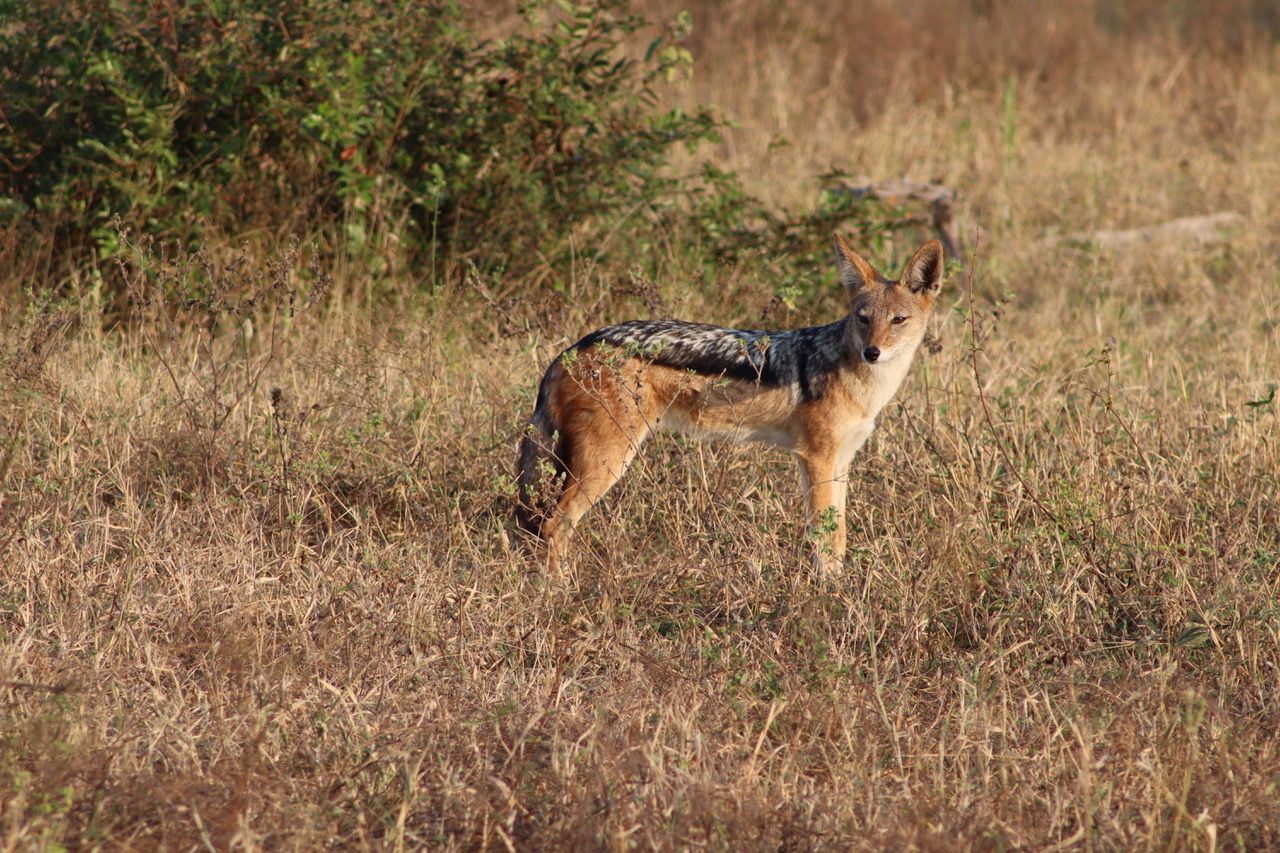
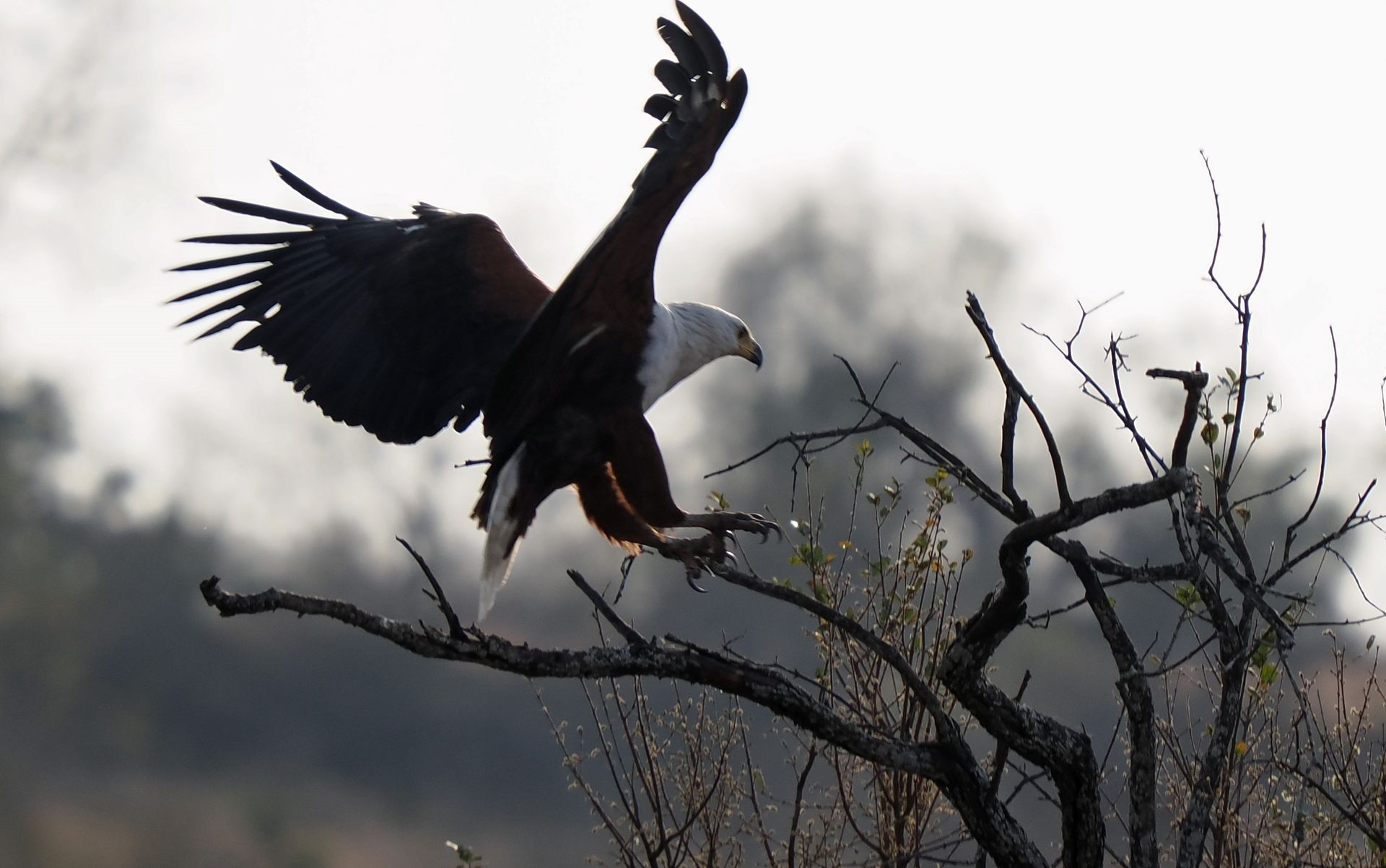
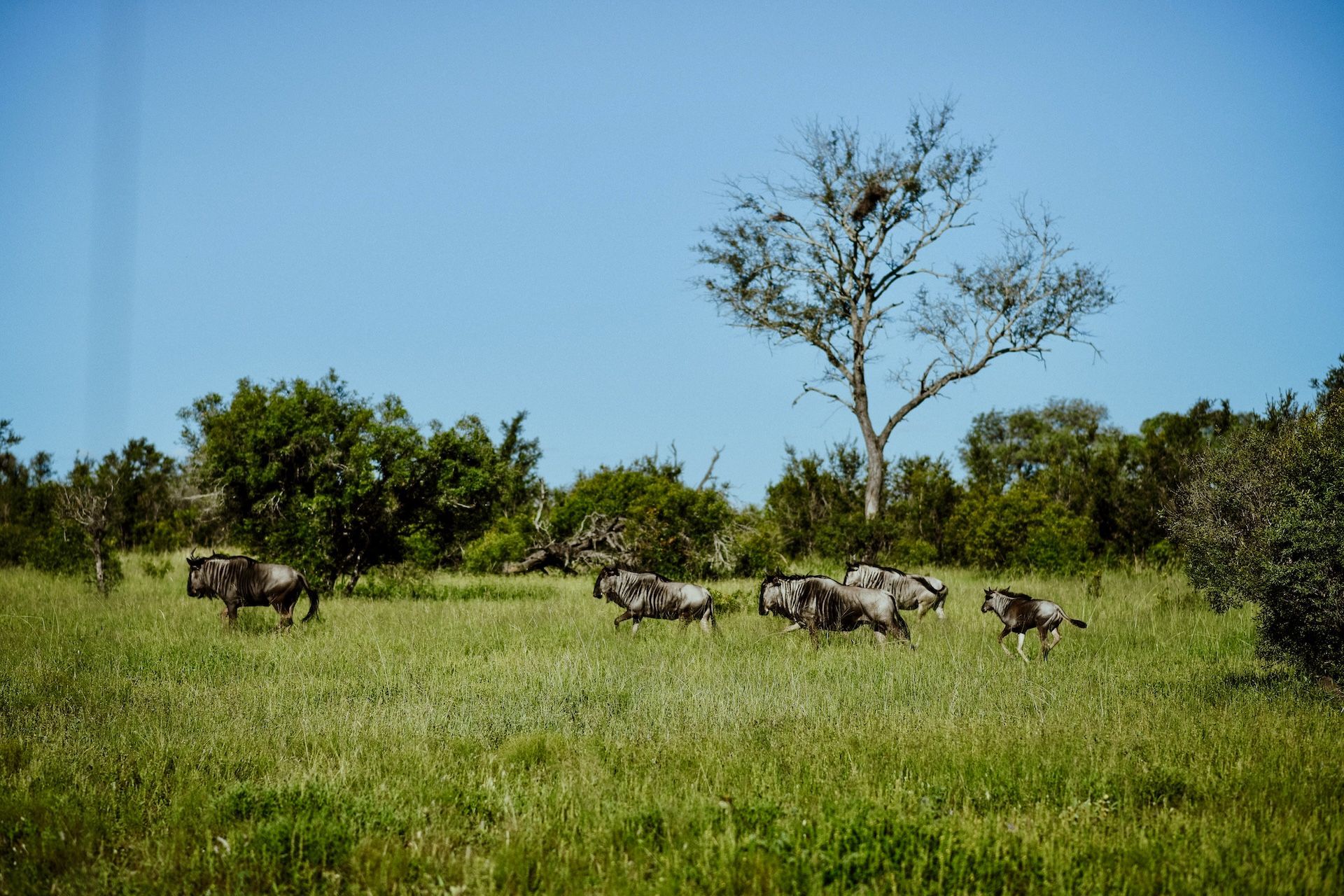
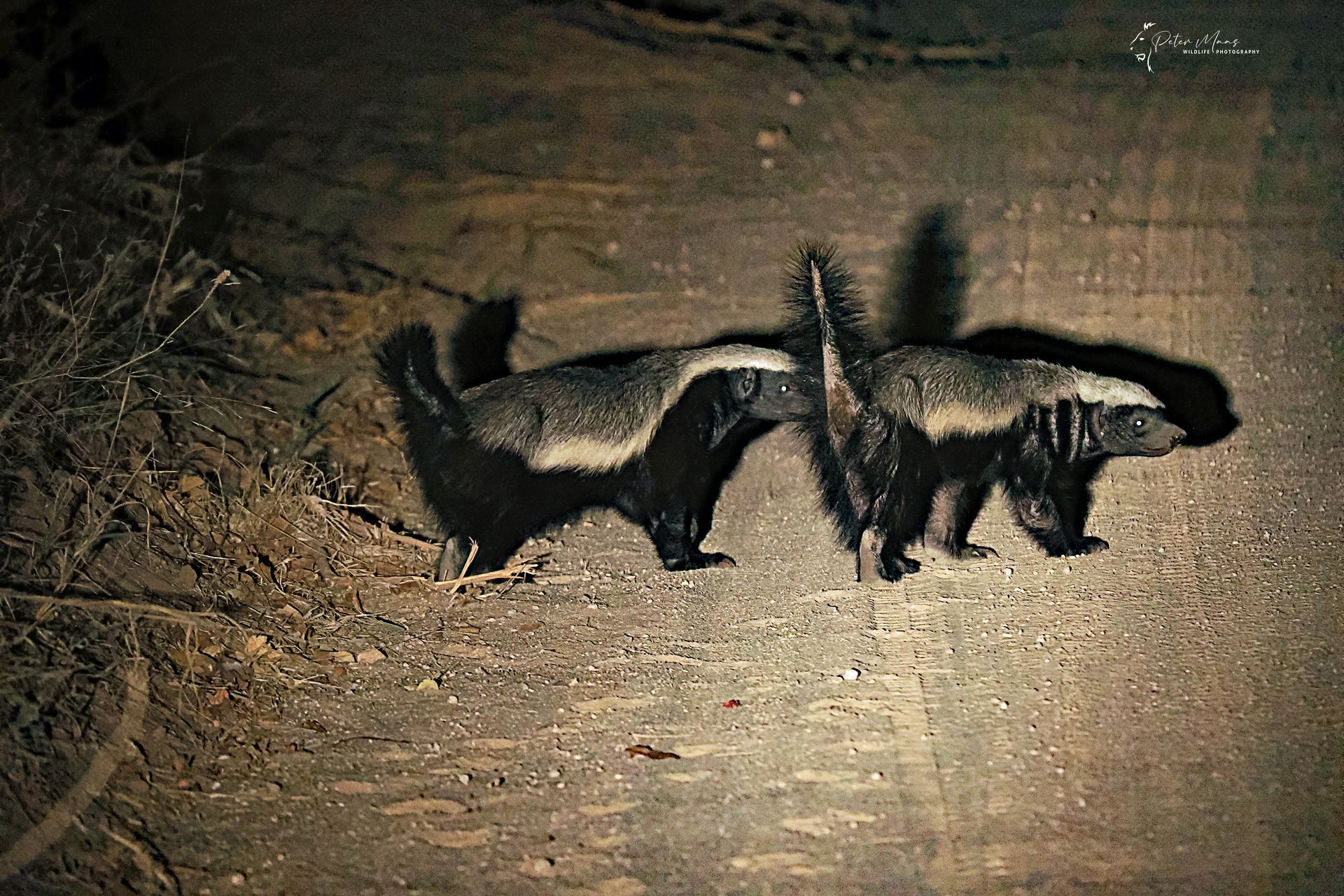
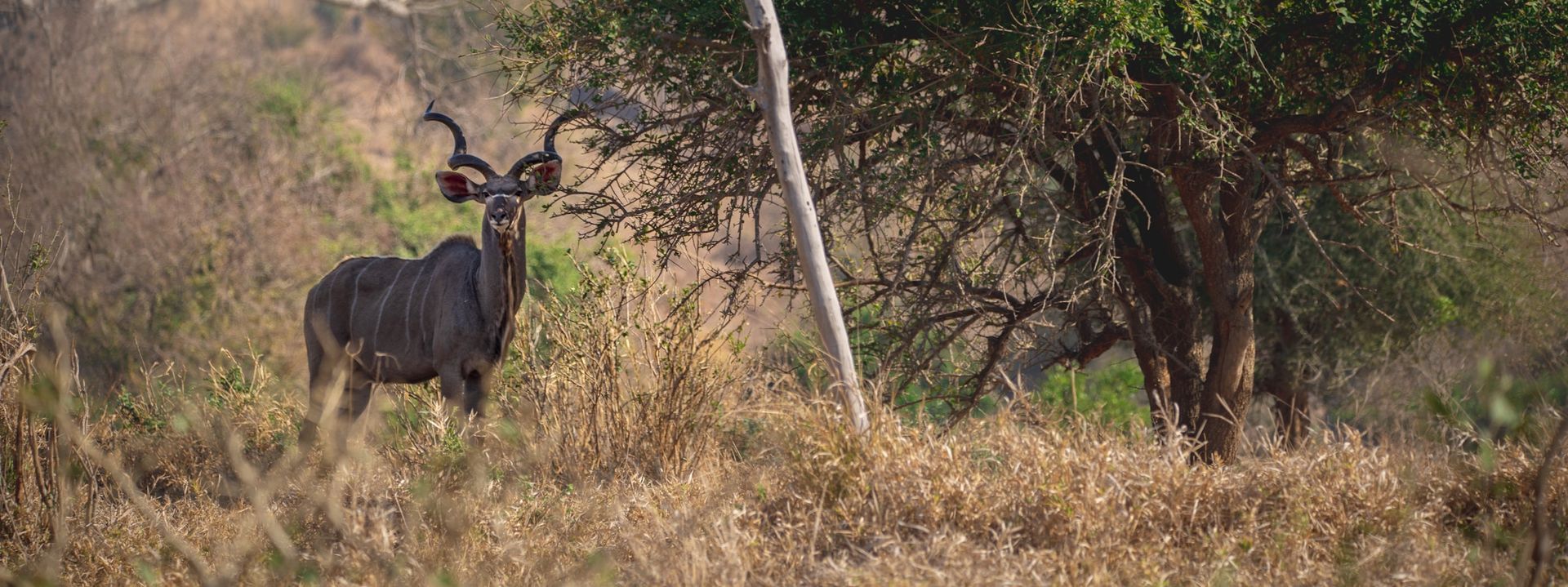
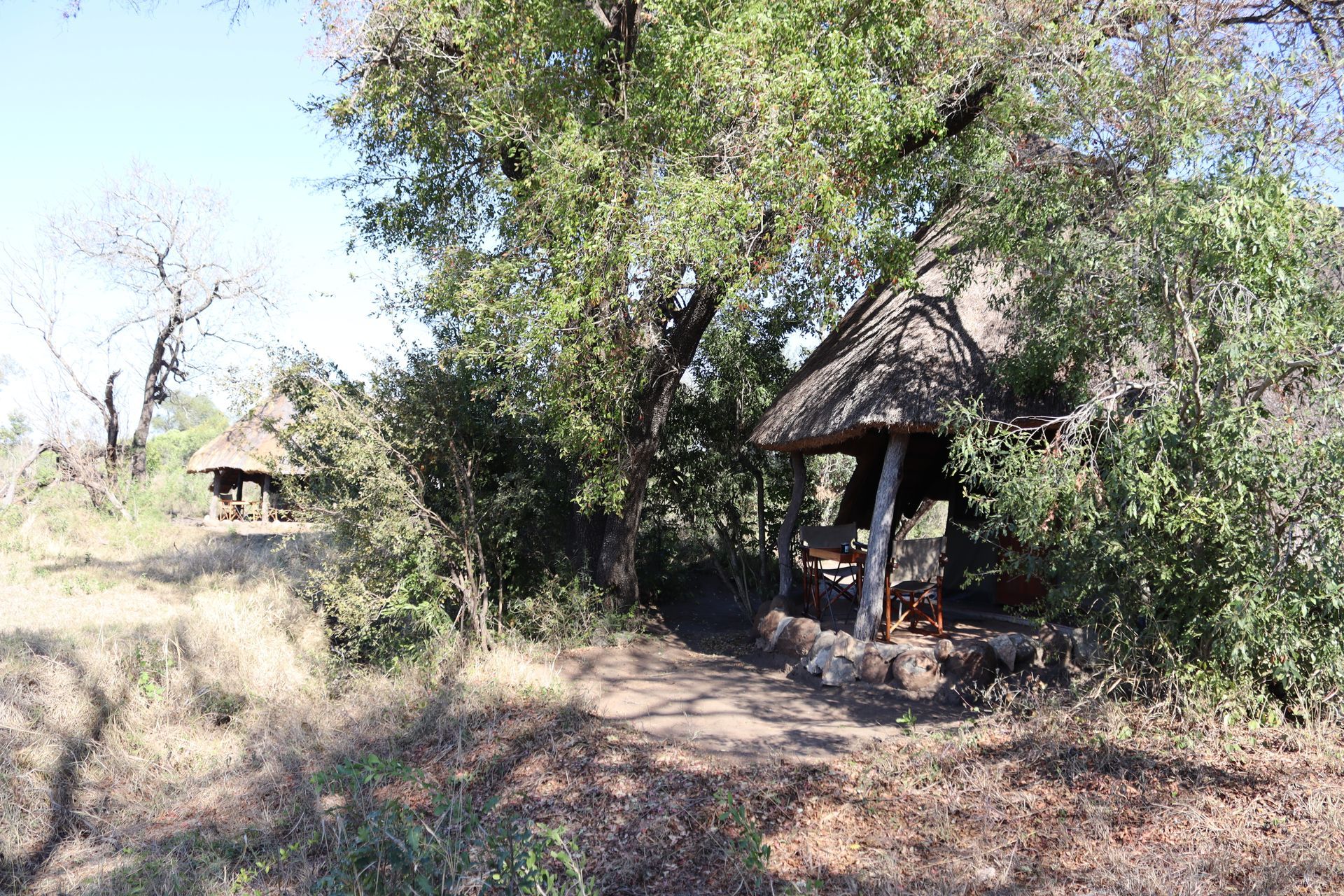
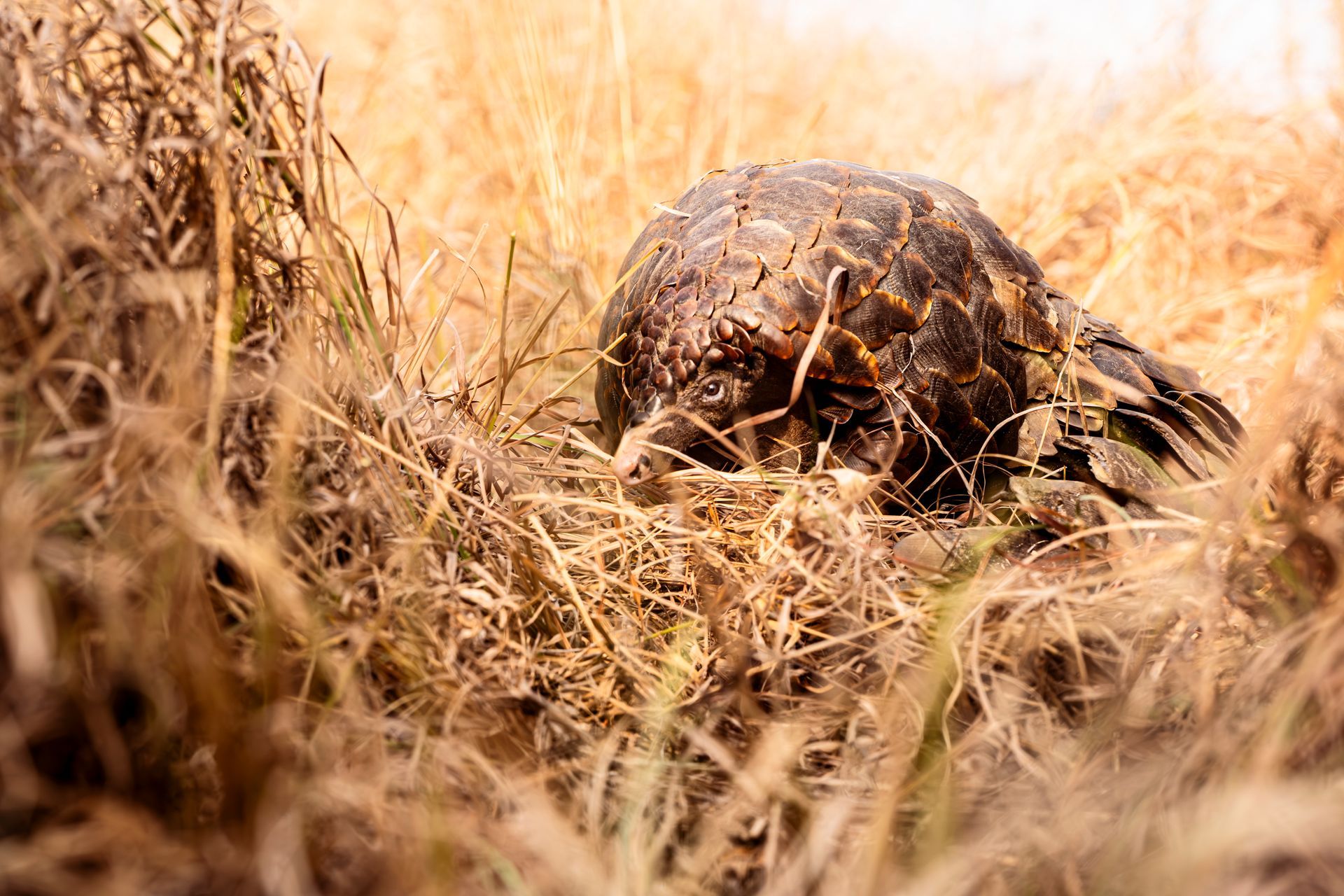
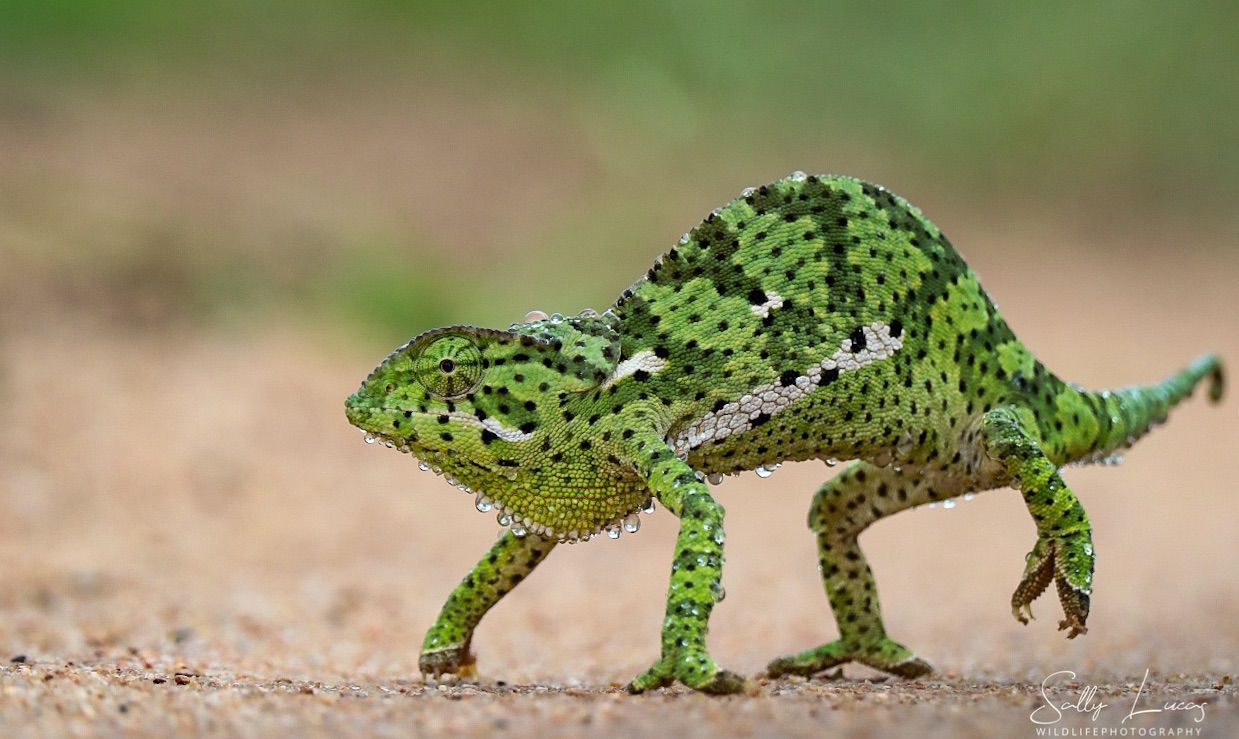
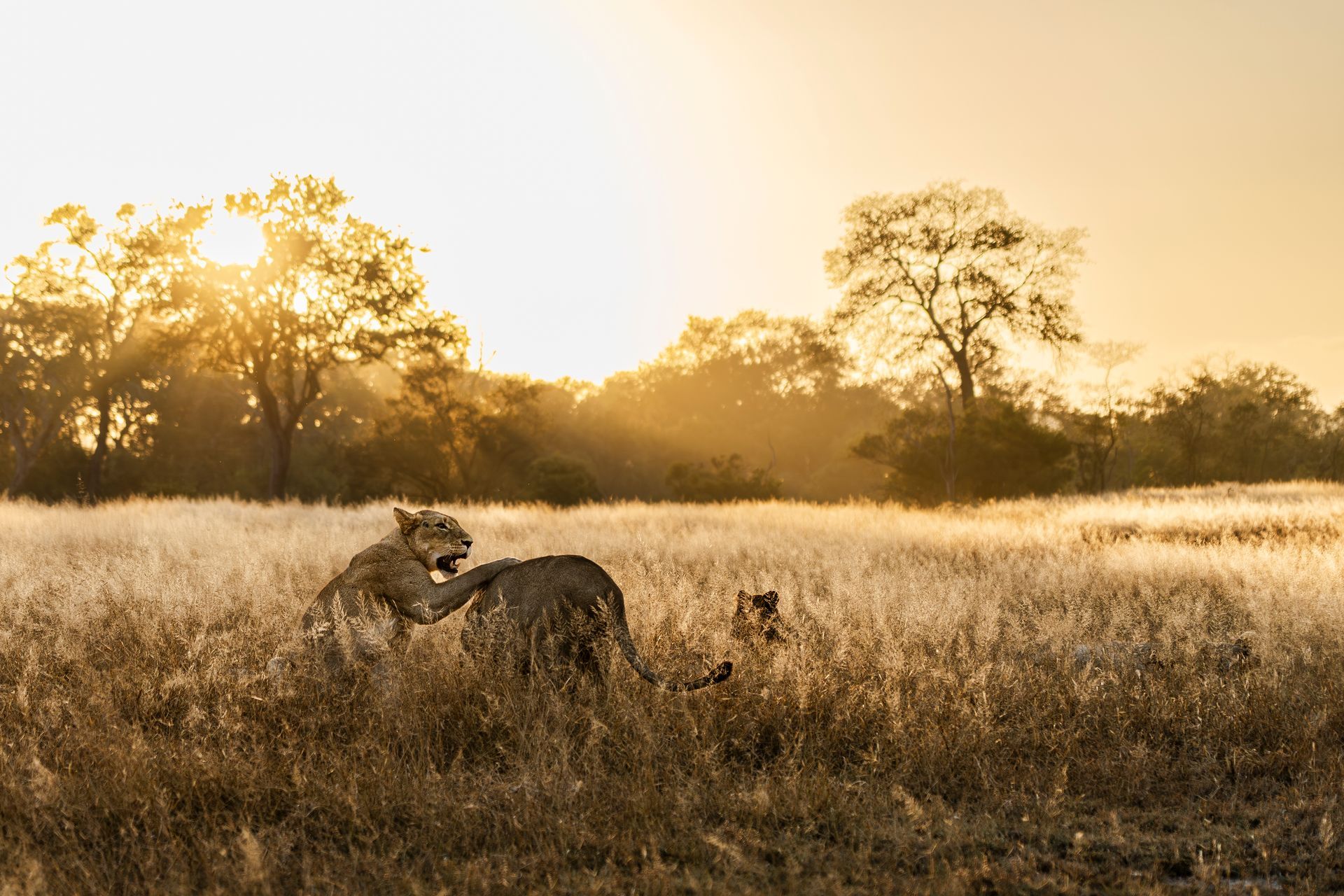
Pungwe Safari Camp
Manyeleti Game Reserve
Mpumalanga
South Africa
Tel: +27 82 853 9533
Email: info@pungwe.co.za
MENU
STAY CONNECTED
Join our Newsletter and find out more
Contact Us
We will get back to you as soon as possible
Please try again later
All images on this website have been taken at Pungwe by guests or staff
All Rights Reserved | Ingweleti Investments (Pty) Ltd T/A Pungwe Safari Camp

